PRESENTATION: Andreas Slominski
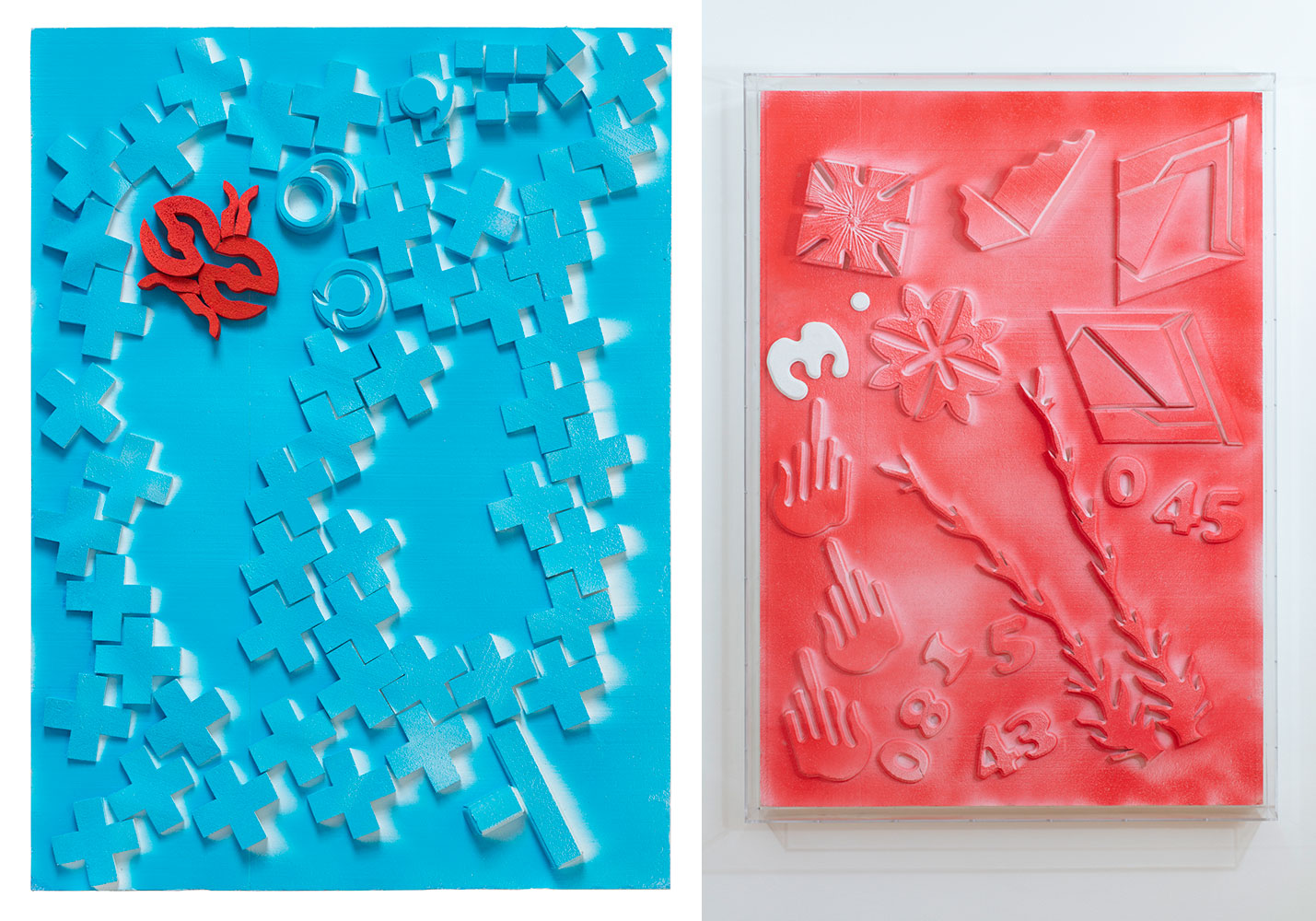 Andreas Slominski’s works represent some of the most extraordinary contributions to German contemporary art. During the early 1990s, he mainly created sculptures in smaller dimensions, while in more recent years he has shifted towards larger-scale installations. Since his beginnings, Slominski unfailingly sought a direct dialogue with the viewer, probing ideas about art and its reception. His so-called ‘traps’ are absurd-looking baits, inspired by the sculptural qualities he observed in a vole trap and positioned somewhere between sculpture and functional object.
Andreas Slominski’s works represent some of the most extraordinary contributions to German contemporary art. During the early 1990s, he mainly created sculptures in smaller dimensions, while in more recent years he has shifted towards larger-scale installations. Since his beginnings, Slominski unfailingly sought a direct dialogue with the viewer, probing ideas about art and its reception. His so-called ‘traps’ are absurd-looking baits, inspired by the sculptural qualities he observed in a vole trap and positioned somewhere between sculpture and functional object.
By Dimitris Lempesis
Photo: Kunstmuseum St.Gallen Archive
In “St. Andreas Slominski”, his solo exhibition Andreas, Slominski presents reliefs, paintings, and drawings, as well as several sculptures. A colorful liveliness emanates from the reliefs, while other works strive for clear elegance, and a third group of works is rough and uncouth. The works are made of polystyrene, which is meant to insulate and warm. The exhibition begins with sharp traps that Slominski invented for all kinds of art spaces. When touched, they are triggered. In their refinement and brutality they are fascinating bearers and interpreters of social mechanisms, while also conveying precise intellectual analyses and psychoanalytic shifts. Visitors to Slominski’s exhibition will come away with greater self-knowledge, having enjoyed sculptures and pictures made of unusual materials of great concentration and impressiveness. The exhibition begins with a bright light blue. The title points to the artist’s close connection to the city of St. Gallen, in which it takes place, and at the same time-as is often the case with Andreas Slominski-it is also a personal reference to the fact that he once attended school at a monastery. The multi-layered Sankt in St. Gallen, which links the city with a saint, makes visible something that those who live here tend to ignore in everyday life. A city name with this predicate should actually be obligatory in many respects. Slominski makes things visible. The exhibition in the museum’s foyer also begins with this theme, where the large-scale work “Helgolander Winkelreuse” (1996) seems ready to capture visitors. The meticulously arranged trap is built so that its functionality is always visible and offers a fictitious illustration of its effect. The other traps also trigger when touched. A trap is an action performed in the hunter’s absence. In their refinement and brutality, the elaborated trap constructions for various creatures which Slominski has created for art spaces are fascinating bearers and interpreters of social mechanisms, while also conveying precise intellectual analyses and psychoanalytic shifts. In the first room the large-scale sculpture “Thelma, is that you? (For Lena Horne)” (1983) Richard Serra makes the room’s geometric properties visible and hides one of its corners with two square panels, each measuring 240 x 240 x 2.9 cm. The pieces lean unsecured against the wall and are only stable due to their weight of 1.38 tons each and their 45-degree angle. The rolled steel defines the pure physicality of the material and its relation to the person entering the room. This important work in the collection is immobile and must thus always be taken into account in temporary exhibitions. How can a discourse with this immovable work be created? Rust connects the objects on view in this room, which Andreas Slominski created specifically for the location, just as he reacts to the decorative elements and architectural structures in the other rooms of the exhibition.
The large-scale work “xBSy272z” (2010) marks the beginning of this traditional exhibition of reliefs, paintings, and drawings, along with a few sculptures. A colorful vitality emanates from the reliefs. The multilayered painting, spray-painted with stencils, and the cut-out motifs result in a visual effect of great depth when seen from a distance. As you approach, you are immersed in the individual signs, ciphers, and letters and attempt to decipher the meaning of the message, while the work takes on monumental proportions, finally towering far over your own height and completely enveloping you. The stenciled painting is a reference to the painted decoration from 1877 in the foyer, which is of the same type. Both places feature dentil friezes and alternating colors. The monochrome red paint with a white number in “xMHy345z” (2011) emphasizes the uniformity of the object from a distance. Up close, allusions to commonly used phrases are easily identifiable. Alongside an ordinary carpet beater, which has found its way into the exhibition, for a moment the paintings seem like carpets. Slominski loves changing directions. The large-scale reliefs spanning the entire range of the medium seem to float in the light of the Skylight Room. Created between 2008 and 2010, they form an incomparable reservoir of viewing possibilities. Sometimes the work is clearly identifiable from afar but changes appearance up close with surprising details in the painting, and sometimes things that could not be identified from a distance become clear up close. Individual elements link the works in the room: for example, the white plug in the orange work “xMPy500z” (2008) and the white socket in the relief “xWSy702” (2008). A brightly colored sawhorse in red and orange tones is the first free-standing object. The fact that the material from which it is made contrasts markedly with its function is of course part of the artist’s strategy. It would be impossible to accomplish anything with it. At the same time, the reduction in scale highlights the theme of the model and results in a marked difference to the size of the visitors walking through the room. Objects freely arranged in the forth room define the atmosphere of the space with three handbags and four apple motifs. Different typologies of handbags seem to be depicted in the scale of the originals on which they are based. This almost gives them the appearance of being usable, but the material of course makes such a use impossible. On the other hand, it is soft and insulating and thus has a pleasing effect. These shells always depict the protected and encased object in a sculpturally interesting way. Insulating and warming is a recurring theme of the exhibition.
In room five “Handtasche 969” (2009), which is made of styrofoam painted with acrylic, connects the two adjacent rooms. The theme of warmth appears again in “UP-Wandheizung” (2021),. As with the readymade carpet beater at the beginning of the exhibition, a connection is established with an object from everyday life. It is interesting that these elements of a radiator are normally embedded in the wall and hidden from view, leaving only the sensation of warmth or cooling in everyday life. Large-scale paintings with stencils and objects that are used as matrices characterize these colorful works and connect all three typologies of works featured in the exhibition so far. The works in the six room consist of a material made by BASF, which Andreas Slominski uses in its original color and materiality. The point of departure for this series from 2013 and 2014 is plant shapes and leaves. The objects are left unpainted, but are subtly layered and decorated with cuts and traces of a soldering iron in delicate, elegant motifs that not coincidentally evoke the gracefulness of important Art Nouveau and Arts and Crafts designs. Oriented toward the south, the room faces the greenery of the park, resulting in an identity between the view and the theme of the room. Andreas Slominski says: “I’m not delighted with the material of polystyrene. I put up with it. It leads to the goal more easily than stone or metal.” The insulating properties define the visitor’s perception, and the industrial lettering of the brand name, which appears as an independent element of the composition in some of the works, reveals the purity of the material. The passageway with the comic-like drawings of a freewheeling eroticism knows no reservation, only humor. Which in the works of the last room the viewer finds funny or beyond the pale is a personal matter. Viewers will have to draw the line themselves, picture by picture and step by step. These intimate small-scale works must be viewed up close, thus placing the viewer in the middle of the action. Andreas Slominski calls them “rough and rude.” But these works made of polystyrene also insulate and warm. In the circular markings you can tick “yes” or “no” picture by picture, like in a multiple-choice exam. Whatever you tick, at the end of the sequence you will know more about yourself than before. In the exhibition, Andreas Slominski’s sculptures and pictures form a field of great concentration and intensity that can be explored in different directions. After passing through once, you can start over again, with new theories and different interpretations. A changing mix of ideologies and their associated conditioning define our daily life. We tirelessly attempt to keep them separate in our minds. Slominski helps a great deal with this and offers an integral, self-reflective enjoyment of art.
Photo Left: Andreas Slominski, xLSy10z, 2009, Photo: Sylvan Dahlgrün, © Andreas Slominski. Right: Andreas Slominski, xMHy345z, 2011, Photo: Stefan Rohner, © Andreas Slominski
Info: Curator: Roland Wäspe, Kunstmuseum St.Gallen, Museumstrasse 32, St. Gallen, Switzerland, Duration: 5/3-28/8/2022, Days & Hours: Tue & Thu-Sun 10:00-17:00, Wed 10:00-20:00, www.kunstmuseumsg.ch/
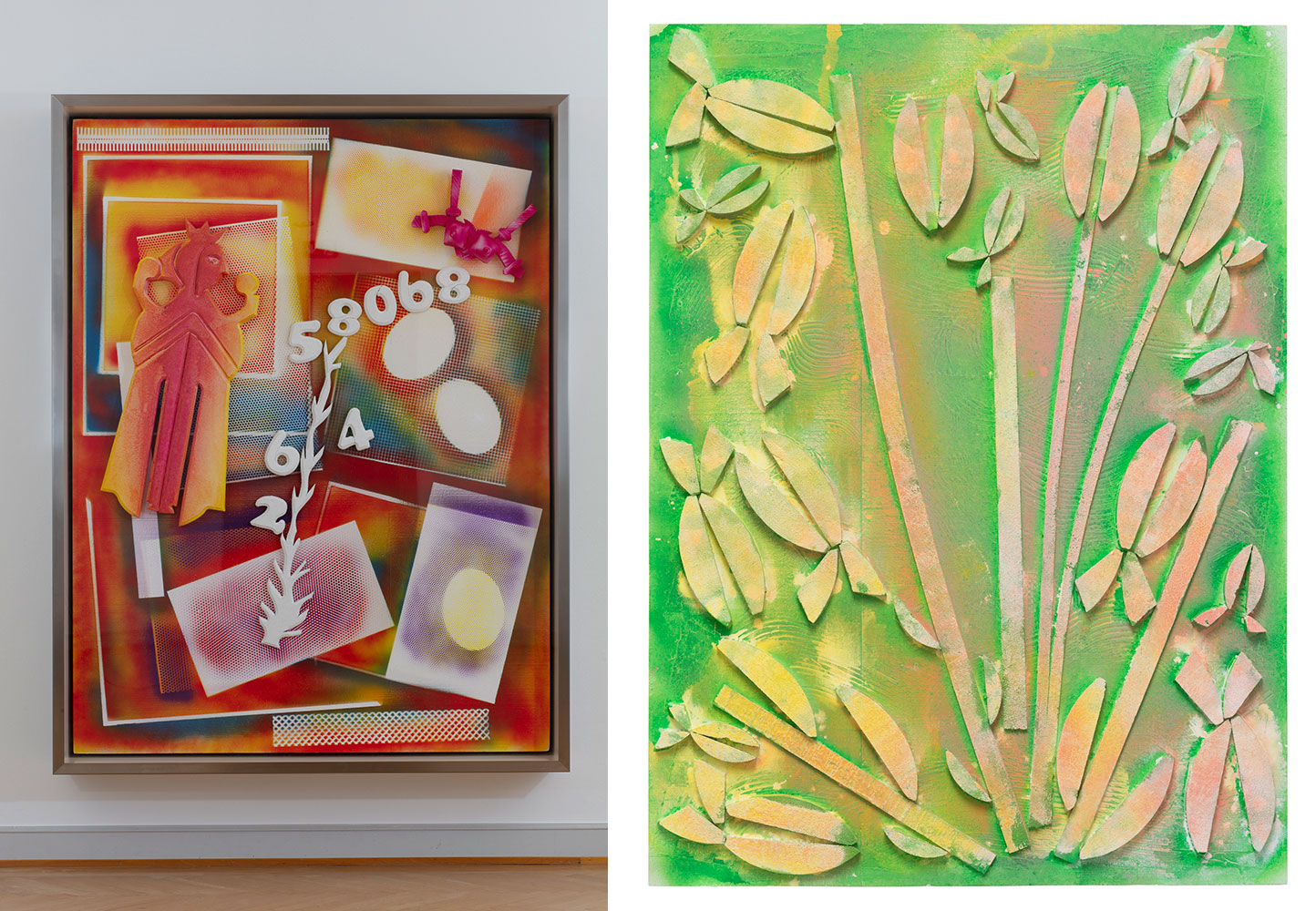
Right: Andreas Slominski, xSBy28z, 2008, Photo: Sylvan Dahlgrün, © Andreas Slominski
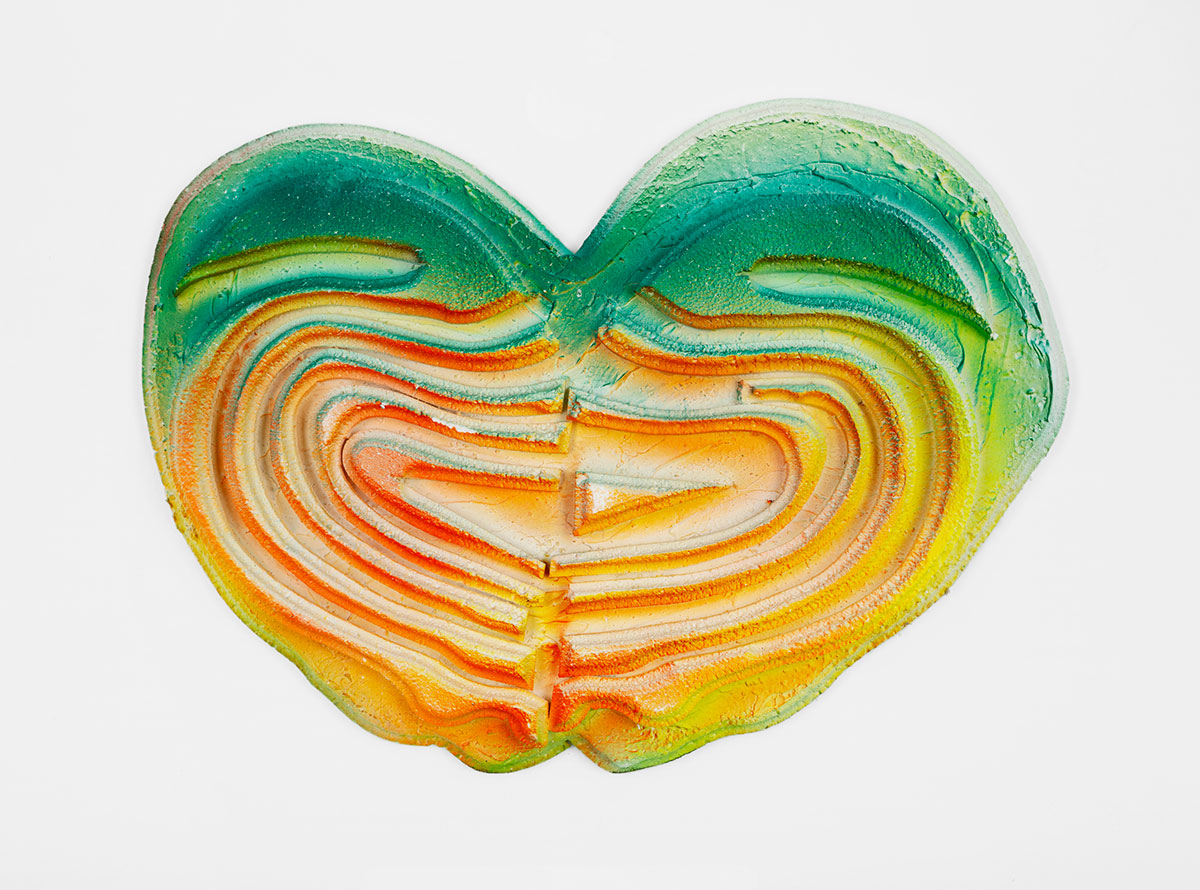
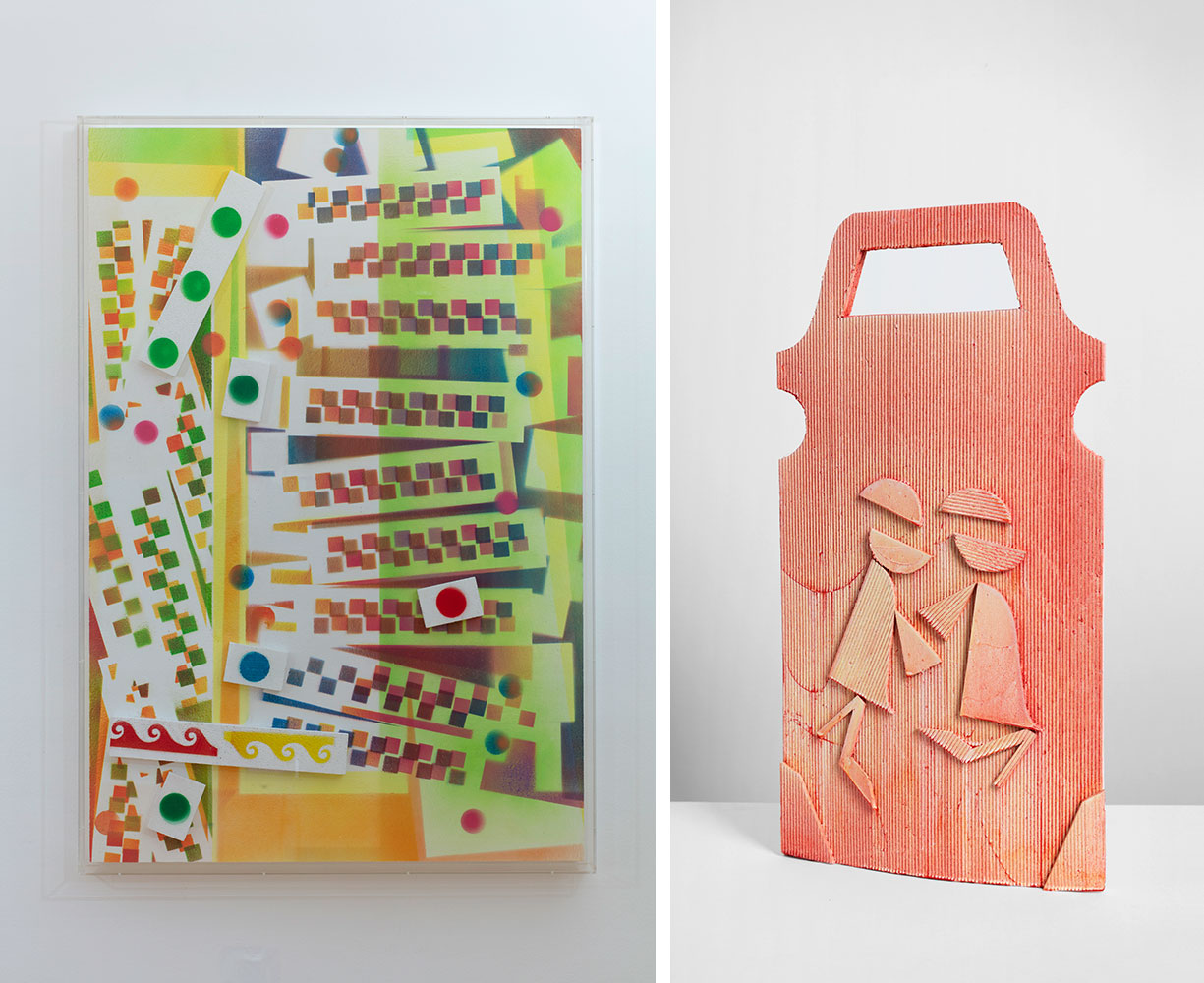
Right: Andreas Slominski, Handtasche 323, 2010, Photo: Sylvan Dahlgrün, © Andreas Slominski
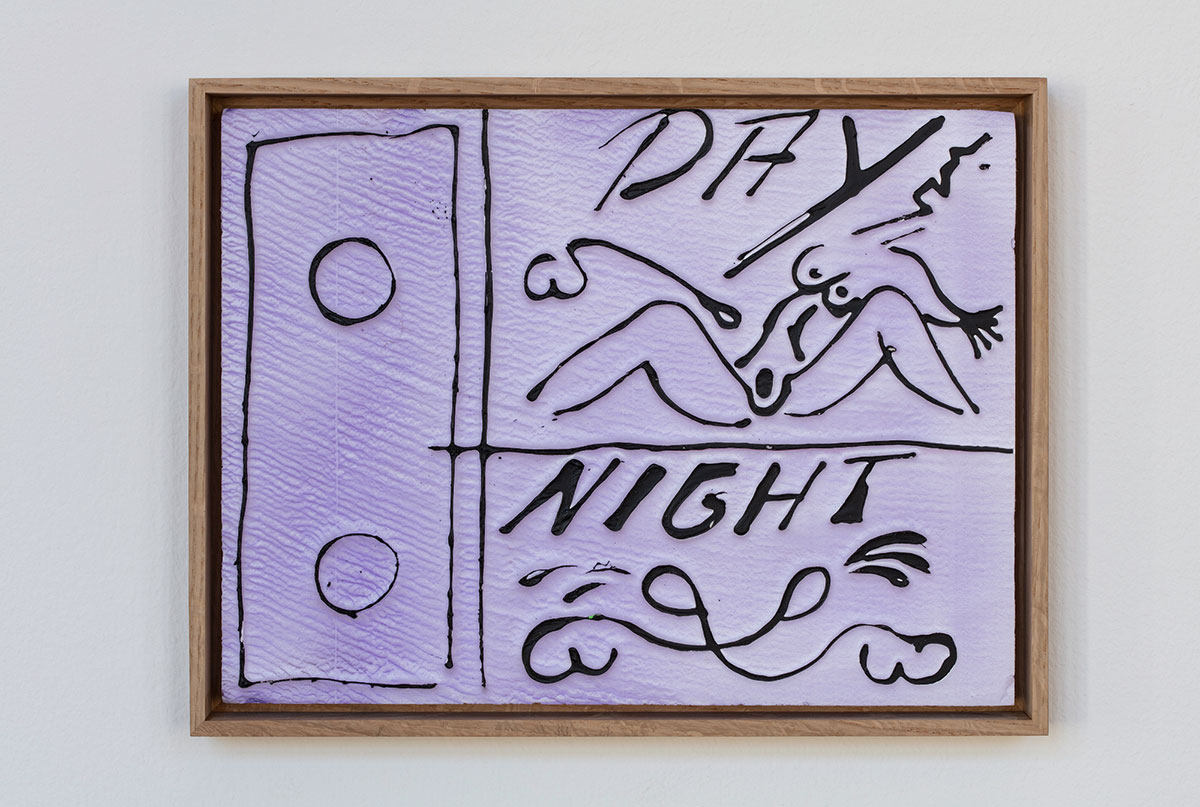
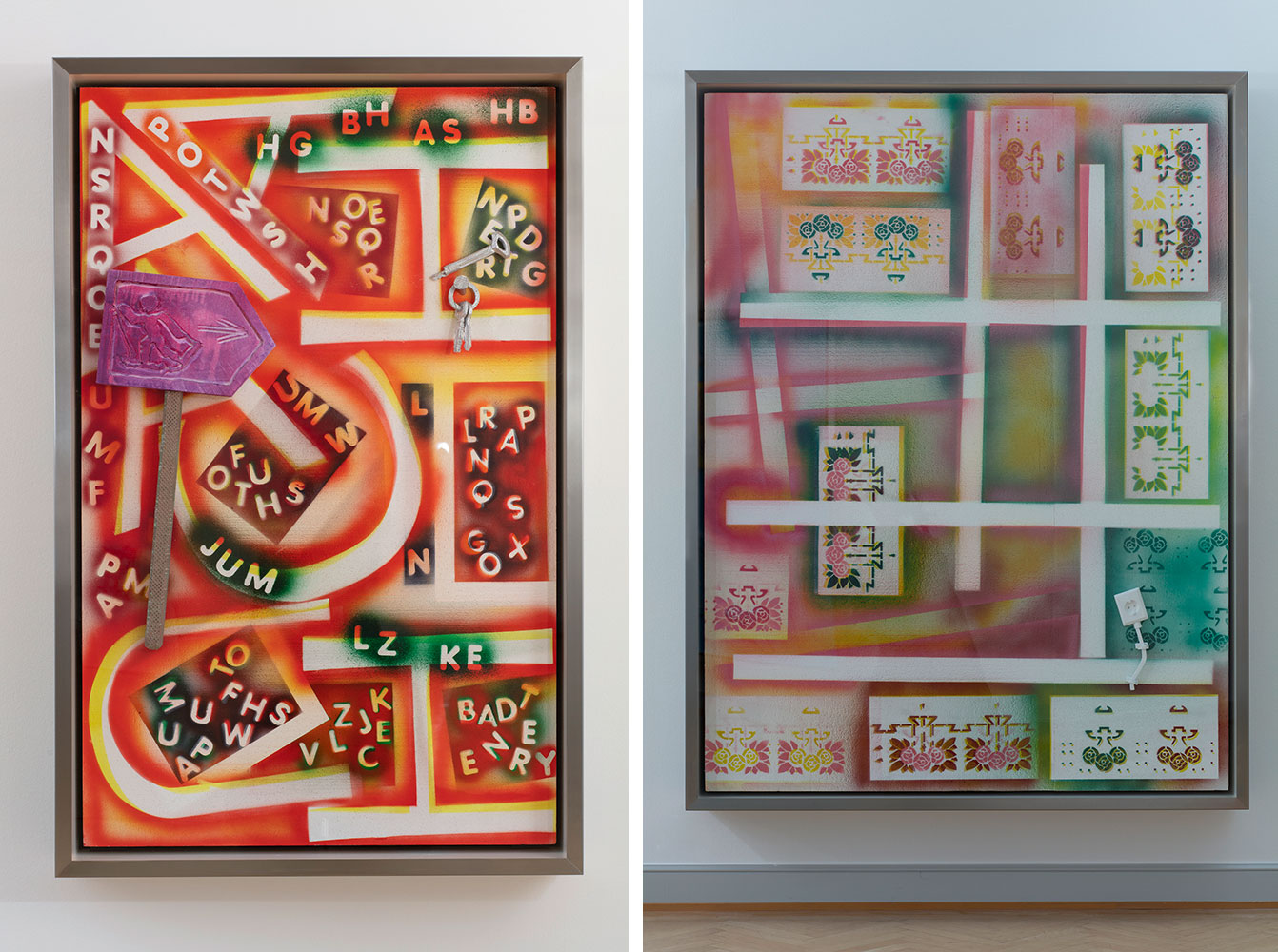
Right: Andreas Slominski, xBSy272z, 2010, Photo: Stefan Rohner, © Andreas Slominski
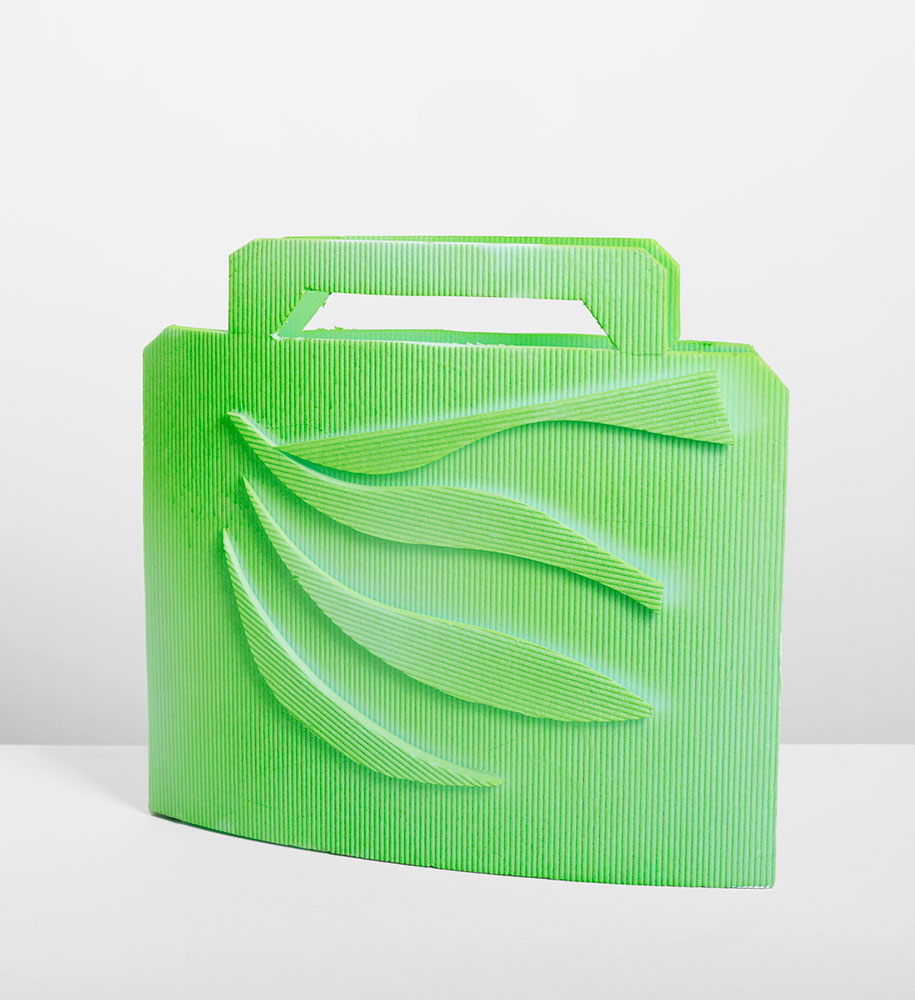
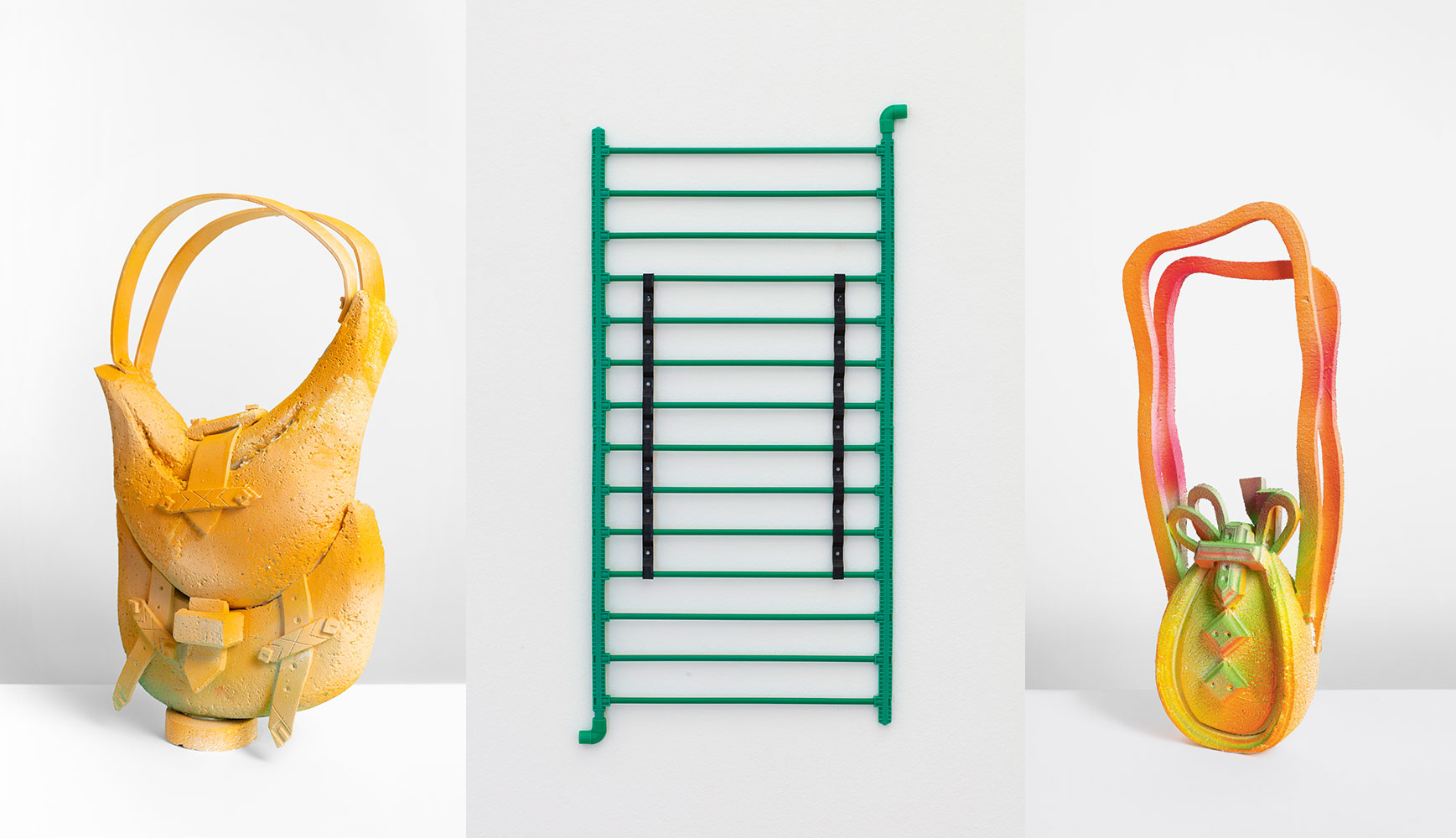
Center: Andreas Slominski, UP-Wandheizung, 2021, Photo: Stefan Rohner, © Andreas Slominski
Right: Andreas Slominski, Handtasche 969, Photo: Sylvan Dahlgrün, © Andreas Slominski
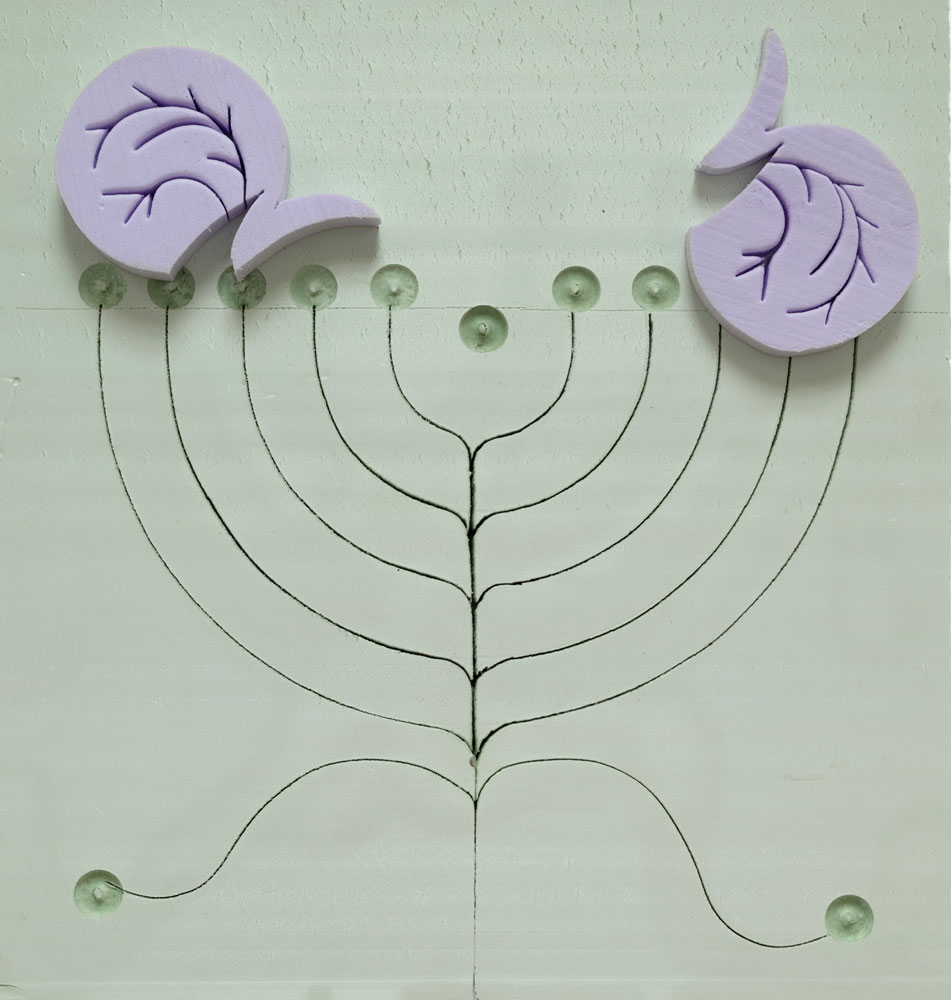
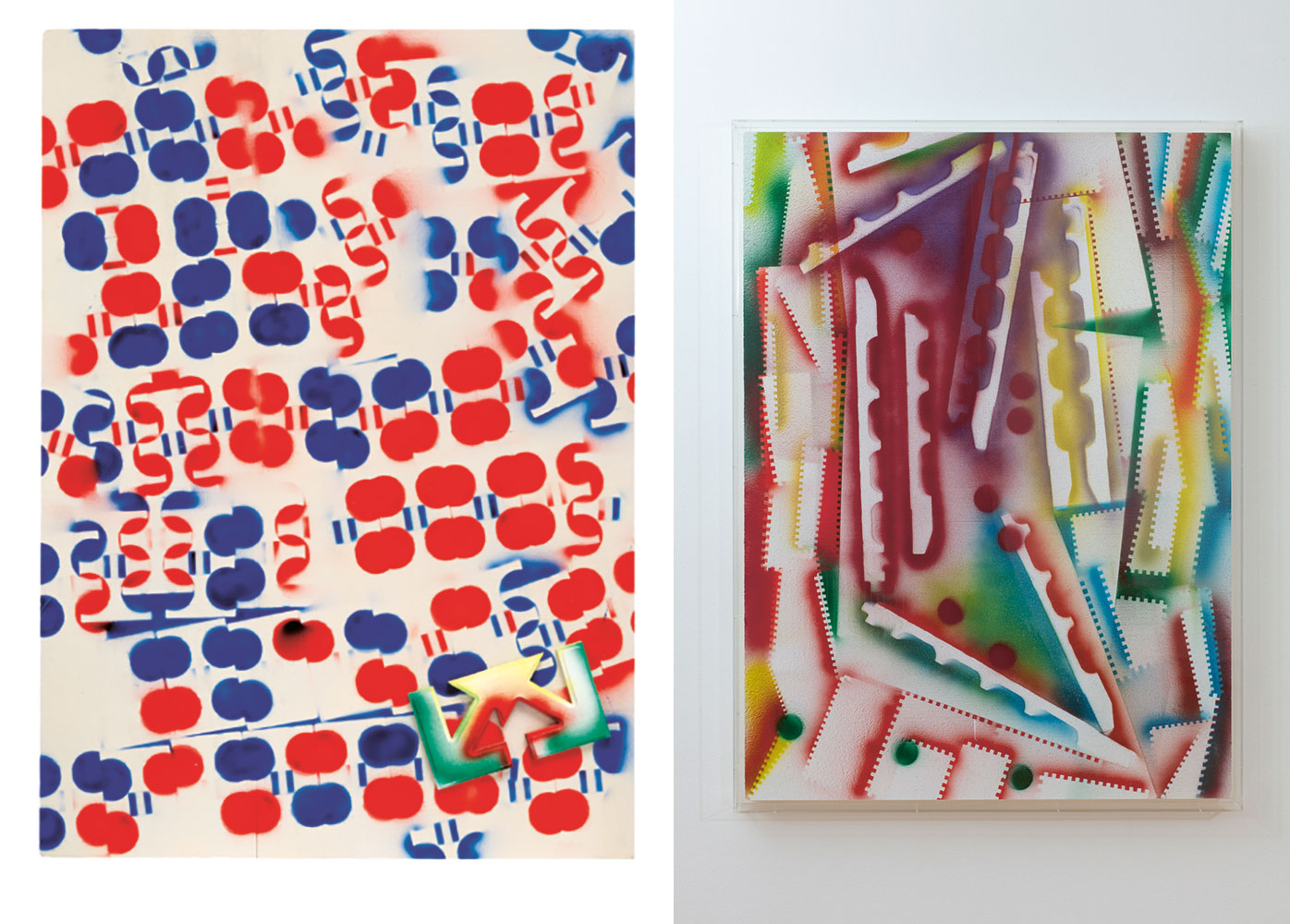
Right: Andreas Slominski, xSGy18z, 2010, Photo: Stefan Rohner, © Andreas Slominski
